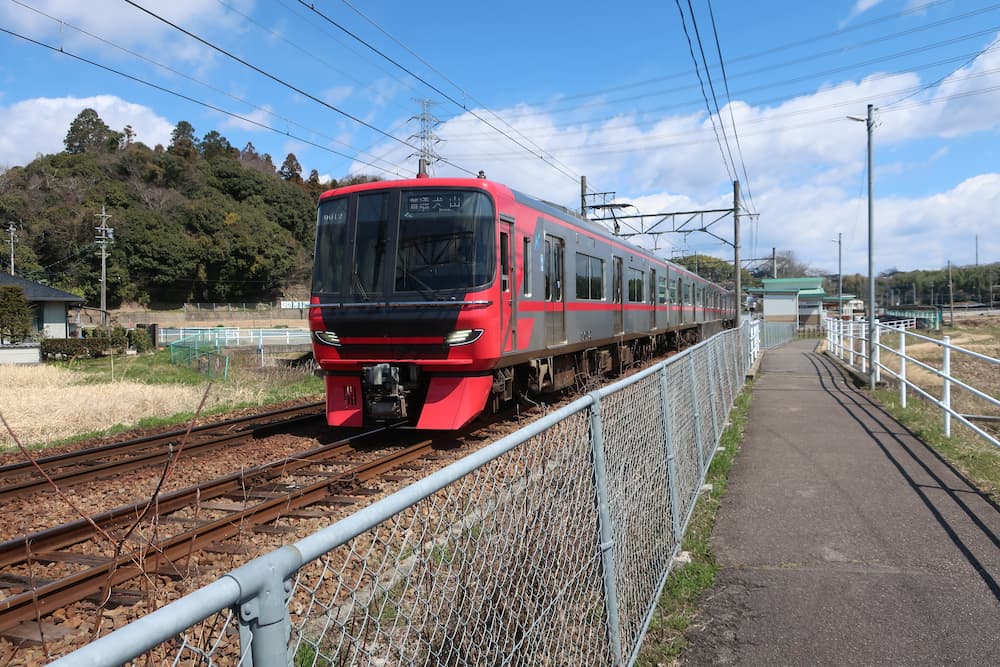If you’re planning to travel in Japan, you’ll likely use the train. Japan has one of the most advanced and extensive railway networks in the world, making it easy to travel between cities and regions by train. Because of this convenience, trains are an essential mode of transportation for both locals and visitors.
However, Japan’s train system is not just about speed and convenience — it also comes with certain manners that passengers are expected to follow. Some of these are common sense and similar to what you might expect in other countries. But others are unique to Japan and may not be immediately obvious to travelers from abroad.
This article introduces important train etiquette in Japan that every visitor should know to travel smoothly and respectfully.
- Reserved vs. Non-Reserved Seats on Japanese Trains
- Taking Photos and Videos on Trains in Japan
- How to Queue for Trains in Japan
- Eating and Drinking on Trains in Japan
- Backpack Etiquette: Wear It in Front During Rush Hour
- Mobile Phone Etiquette on Trains
- Don’t Let Children Stand on Seats with Shoes On
- Avoid Large Suitcases on Crowded Trains
- Offer Priority Seats to Those in Need
- Don’t Rush the Train Doors—No Last-Minute Boarding
- Women-Only Train Cars
1. Reserved vs. Non-Reserved Seats on Japanese Trains
On trains like the Shinkansen, there are two types of seats: reserved (指定席) and non-reserved (自由席). If you purchase a non-reserved ticket, you cannot sit in a reserved seat even if it appears empty. In some countries, temporarily using empty reserved seats may be acceptable, but in Japan, this is considered rude and can lead to disputes.
Always sit in the correct section: non-reserved carriages for non-reserved tickets, and reserved seats only with a reserved ticket. You can sometimes purchase a reserved seat upgrade from the conductor onboard by paying the price difference, though this may not be possible during peak hours. To ensure you get a seat, it’s best to reserve in advance.
This seating policy also applies to many other express trains run by JR and private railway companies. If you’re unsure, ask a train staff member before taking a seat.
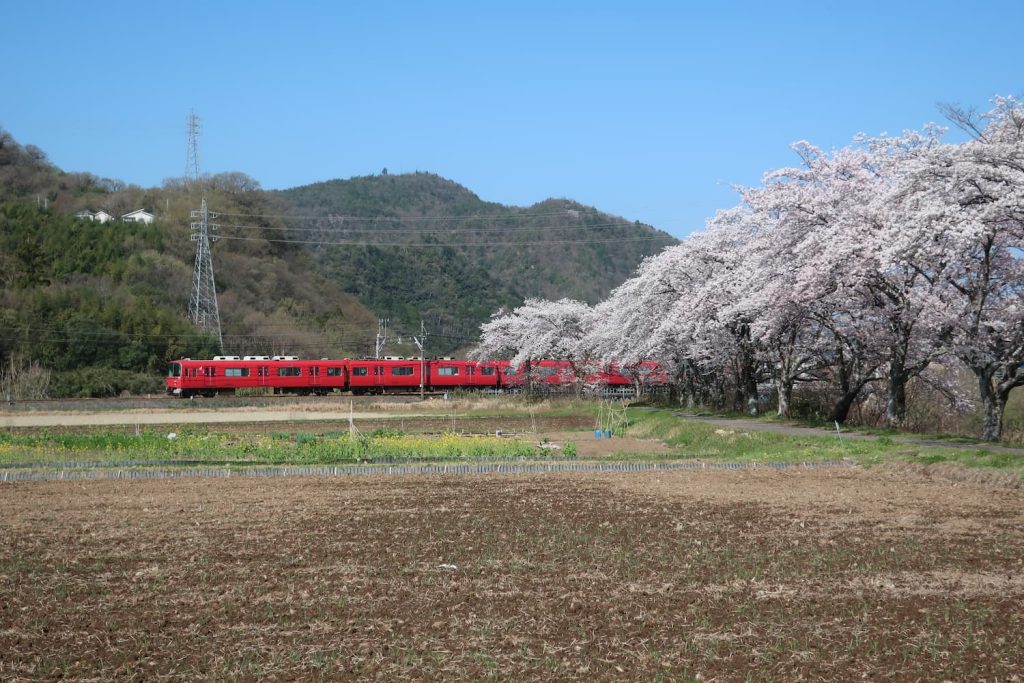
2. Taking Photos and Videos on Trains in Japan
Due to the rise of social media and livestreaming, filming on trains has become more restricted in Japan. Causing disturbances for online attention has led to increased regulations. Also, privacy is highly valued—capturing strangers’ faces, even in public places like trains, is often considered an invasion of privacy.
Shooting scenery through the train windows is fine. Filming inside the car is acceptable only if there are few passengers and no faces are visible. Avoid taking photos during rush hours, especially on crowded trains.
JR East prohibits commercial filming without permission, and Tokyo Metro bans unauthorized photography of passengers and employees. As these policies become more widespread, always film responsibly and avoid creating uncomfortable situations.
Official references:
- JR East: Filming Guidelines
- Tokyo Metro: Passenger Etiquette
3. How to Queue for Trains in Japan
Japan’s urban rail systems are busy, especially during rush hours. That’s why platforms have clearly marked lines showing where train doors will open. It’s customary to stand in line and wait your turn to board—cutting the line or pushing ahead is considered very rude.
Even if no one is currently in line, always check for markings or signs and follow the order when boarding. Respecting this system helps everything run smoothly, particularly during the hectic morning commute (7–9 a.m.).
4. Eating and Drinking on Trains in Japan
Eating and drinking is generally allowed on most trains. However, it’s discouraged during rush hours, especially on crowded commuter trains in the morning (around 7–9 a.m.). During this time, trains are packed, and eating can be difficult and disruptive.
On long-distance trains like the Shinkansen or limited express services, eating is perfectly acceptable. Still, avoid foods with strong odors out of consideration for nearby passengers.
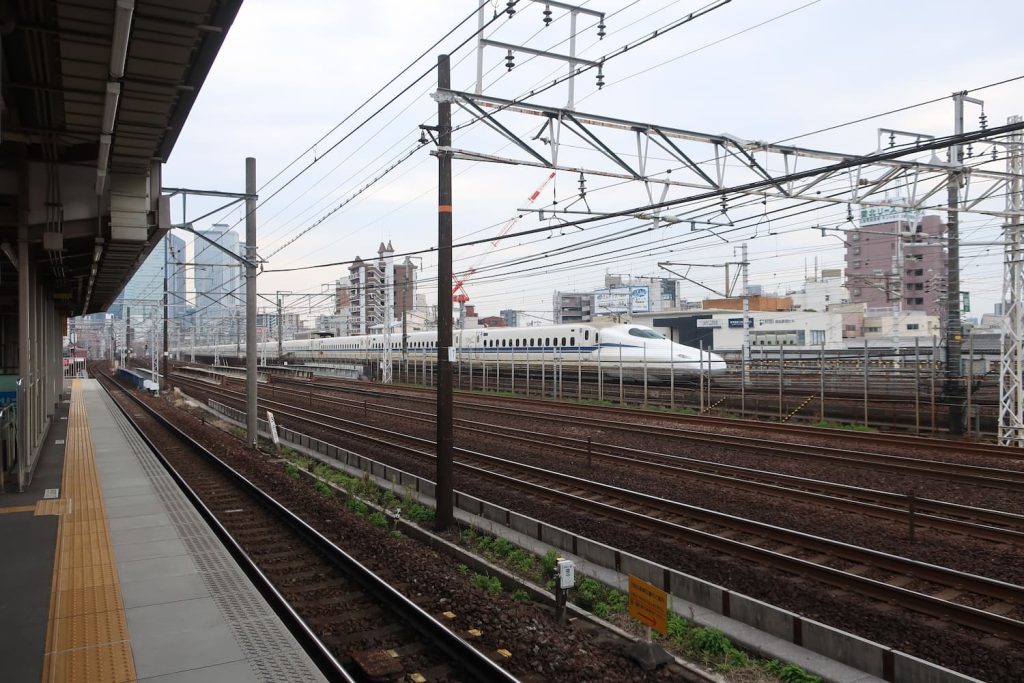
5. Backpack Etiquette: Wear It in Front During Rush Hour
Trains in Japan can get extremely crowded. In such situations, wearing a backpack on your back is inconsiderate—it may bump into others or block space. Most rail companies ask passengers to take off their backpacks or wear them on their front during peak hours.
This small gesture can make a big difference in ensuring a smoother and more comfortable ride for everyone.
6. Mobile Phone Etiquette on Trains
Unlike in some countries, talking on the phone inside Japanese trains is frowned upon. While texting, browsing, or using silent modes is fine, loud phone calls are considered rude.
If you must answer a call, keep your voice down and the conversation brief. On long-distance trains like the Shinkansen, move to a vestibule or designated area if possible. Respect the quiet atmosphere—especially during rush hours.
7. Don’t Let Children Stand on Seats with Shoes On
It’s common courtesy in Japan to keep train seats clean. Letting children stand on seats with shoes on is strongly discouraged, as shoes carry dirt and germs from outside.
If you’re traveling with children, either remove their shoes or make sure they sit properly. Parents are expected to ensure their kids do not disturb others or soil public seating.
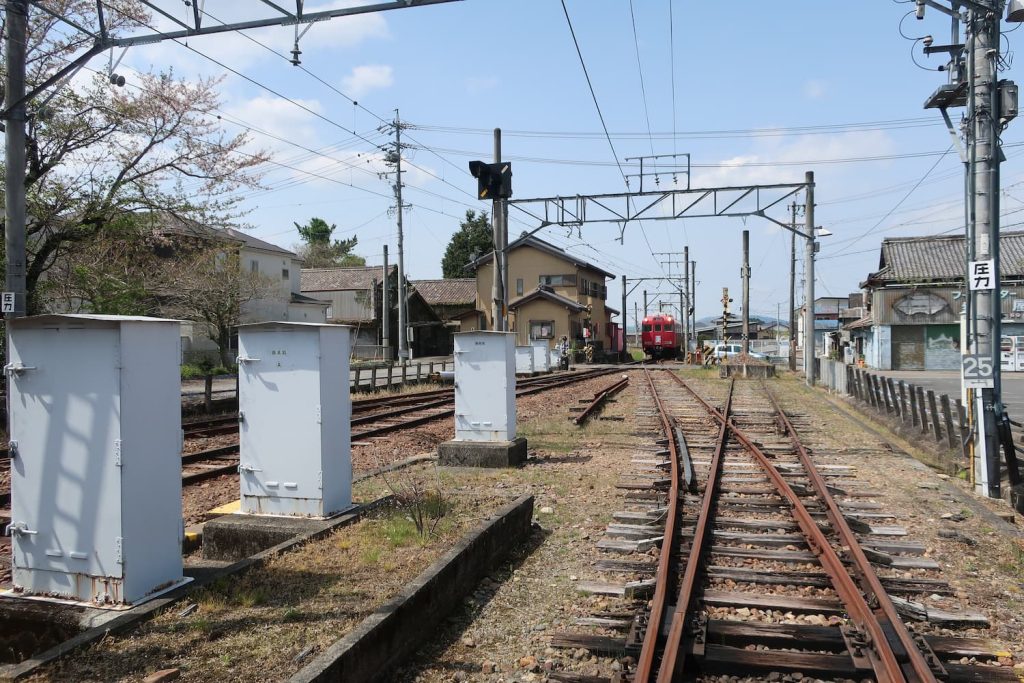
8. Avoid Large Suitcases on Crowded Trains
Carrying large luggage like suitcases on crowded trains—especially during the morning rush (7–9 a.m.)—can cause major problems. Not only might you block others or get stuck yourself, but it may also prevent people from boarding or exiting smoothly.
If you’re traveling with big bags, avoid commuter trains during peak times. Consider using alternative transport like taxis or less crowded limited express trains.
9. Offer Priority Seats to Those in Need
Priority seats are reserved for the elderly, disabled, pregnant women, and passengers with small children. If someone who needs the seat boards the train, offer your seat without hesitation.
Even if the person declines, the polite gesture is always appreciated. Unfortunately, not everyone in Japan follows this rule, but as a visitor, you should respect this important part of Japanese train etiquette.
10. Don’t Rush the Train Doors—No Last-Minute Boarding
Running to catch a closing train door—called “kakekomi-jousha” in Japanese—is not only bad manners but also dangerous. It may delay the train, cause injuries, or even halt operations. Especially on punctual systems like the Shinkansen, this is taken seriously.
Instead, arrive early and wait for the next train if needed. Prioritize safety and be respectful of others’ time and space.
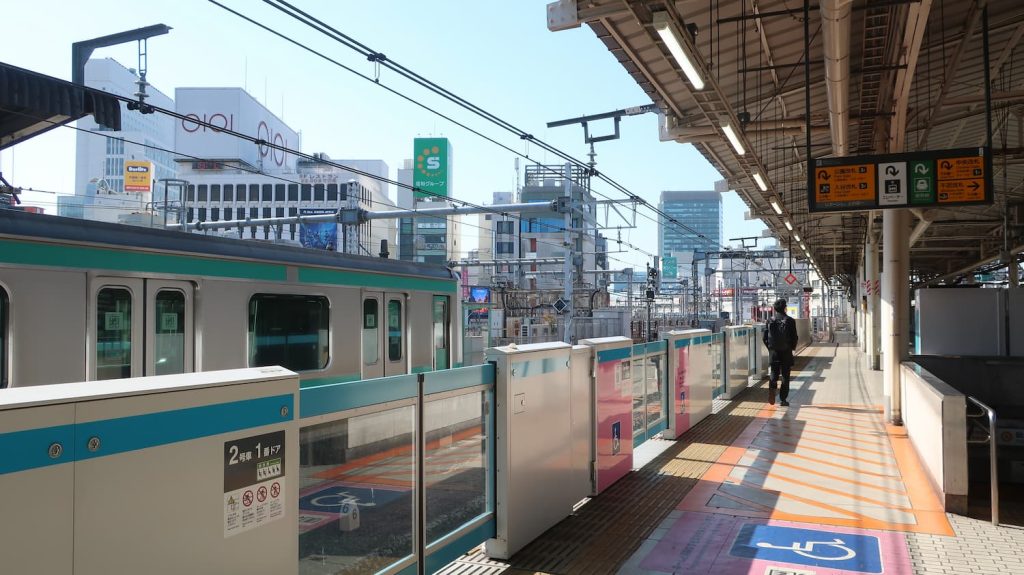
11. Women-Only Train Cars
Recently, women-only train cars have started to appear in some countries outside Japan. In Japan, they are already common on trains in major cities, including JR lines, private railways, and subways. Most train companies operate women-only cars during the morning rush hour. This is because trains become extremely crowded between 7 a.m. and 9 a.m., making it difficult for passengers to keep personal space. Unfortunately, this crowded situation can lead to incidents of groping. To help prevent this, train companies provide women-only cars, especially during busy hours.
Some companies operate women-only cars all day, not just in the morning, so it’s important to check the schedule. Women-only cars are usually marked on the train doors and body. Information is also shown on the platform. If you take the train in Japan, be sure to check the signs on the train and platform to know which car is for women only.
